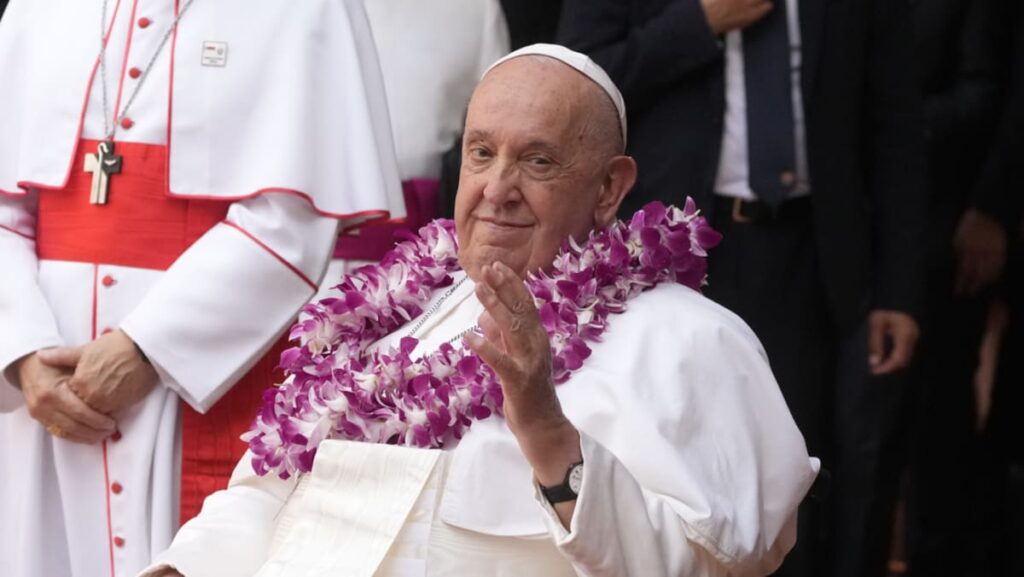DEEPER SIGNIFICANCE FOR TIMOR-LESTE
In particular, the half-island nation of Timor-Leste found extra meaning in the pope’s Asia Pacific tour last year.
The country is likely the most Catholic in the world, with the Vatican saying about 96 per cent of Timorese are adherents to the faith.
Its road to independence was closely tied to the Catholic Church, which offered protection to its people when it was occupied by Indonesia.
Timor-Leste gained independence in 2002 after 24 years of brutal occupation. It had been a Portuguese colony before that.
Alex Tilman, Timor-Leste ambassador to Singapore, told CNA the church’s role in Timor-Leste has been “very historic” in the country’s struggle to be independent.
“His visit … put Timor-Leste on the world map. It shows that although we are a small country, we have a lot of challenges, but we still managed to host His Holiness in our country for those few days when he was there,” Tilman added.
Hosting the pope was a chance for Timor-Leste to prove its capability to hold large-scale events – one of the criteria it must fulfill to become an official member of the Association of Southeast Asian Nations, or ASEAN.
Domestically, it is trying to lift its people from poverty – a point Pope Francis made during his visit.
Since independence, the country has struggled with rebuilding its infrastructure and economy.
In 2014, the World Bank estimated that about 42 per cent of Timorese lived in poverty and that about 47 per cent of children were stunted because of malnutrition.
“With the pope’s visit, I think it … instilled that sense of urgency that we must do more to pull our people out of poverty,” said Tilman.
“In fact, our national development plan spells (out) very clearly that by 2030, we would like to have eradicated poverty.”
INTER-RELIGIOUS HARMONY
A key theme of Pope Francis’ visit was inter-religious harmony.
In the Jakarta leg of his tour, terror threats were made against him, highlighting a perennial issue in the region. But the visit proceeded with the pope and Indonesia’s Grand Imam Nasaruddin Umar promoting interfaith harmony – a move experts said was a step in the right direction.
Pope Francis also went to Istiqlal Mosque in Jakarta – the largest mosque in Southeast Asia – where he held an interfaith dialogue with leaders of various religions.
Indonesia has the largest Muslim population in the world – they make up 87 per cent of its total population of about 280 million.
It also has the third-largest Christian population in Asia after the Philippines and China. Only 2.9 per cent of the total population are Catholics.
“I would say that interfaith dialogues, interfaith interactions between leaders of various communities, religious communities … are very, very important, particularly for the wider communities who are trying to make sense of all the problems in the world,” said Kumar Ramakrishna, dean of the S Rajaratnam School of International Studies at Nanyang Technological University.
The professor noted that people may also be attempting to understand what their role should be in conflicts between various religious groups.
“So, when they see the positive promotion of interfaith accommodation between the pope and imam of Indonesia, for example, this has a very powerful message, and it will be effective,” he added.
Observers said they hope the next pope continues to expand the Roman Catholic Church’s presence in the Asia, and that the Vatican does not lose sight of the region as the continent is an increasingly significant player in global affairs.

